ZIMBABWE'S domestic credit grew 38,5% on an annual basis to $10,5 billion in February largely driven by an increase in lending to government, a Treasury report says.
During the period under review, credit to government was up 59% from $3,9 billion last year to $6,2 billion, an unsustainable development which shows government's high reliance on domestic sources to finance the country's ever-widening deficit in the face of limited external lines of credit.
The southern African nation, which was considered a pariah state under former president Robert Mugabe, has just begun a process of reintegration into the international financial system after decades of isolation for failing to repay loans advanced to it by international financial institutions.
In contrast, credit to the private sector increased marginally by 6,1% from $3,51 billion to $3,56 billion in February 2018, effectively crowding out the private sector.
"While revenue collections for the first quarter of 2018 were above targets, expenditures incurred overruns in both the recurrent and capital outlays," reads the report.
"Financing of such expenditures was entirely from domestic market borrowing, a situation which perpetuates the private sector crowding out effect and also promotes financial instability."
A total of $47,2 million was spent entirely on interest related to domestic debt.
Local banks have shown a liking for government-backed debt instruments in favour of lending to the private sector viewed as high risk.
While government might have so far managed to pay up on maturity, chances of default and rollovers are growing as its stock of obligations continues to grow.
Analysts say government could however resort to creating Real-Time Gross Settlement balances to meet its interest obligations.
Budget expenditures in the period under review amounted to $1,38 billion against the planned $1,11 billion, resulting in expenditure overruns of $273,2 million.
Compared to last year, the expenditure overrun was higher than the $105,6 million recorded during the same period in 2017. Employment costs during the quarter amounted to $836,1 million, against a target of $819,6 million while operations and maintenance costs at $218,7 million exceeded the quarterly target by $97,5 million but still lower than the previous quarter expenditures of $418,7 million.
"The significant over-expenditure on operations and maintenance is mainly due to payment of arrears to service providers on rental and other service charges," the report adds.
Cumulative capital expenditures and net lending amounted to $283,0 million, against a target of $125,2 million, resulting in over-expenditure of $157,9 million.
The overrun in capital expenditure was mainly due to payments towards capital transfers at $222,8 million against the $42,3 million quarterly target, as well as transfers towards the purchase of inputs under the Command Agriculture programme.
Net lending at $52,6 million consisted of equity participation and short-term lending.
- Zim Ind
 Mnangagwa to officiate at Mine Entra
Mnangagwa to officiate at Mine Entra  South African ambassador falls to death from Paris hotel room
South African ambassador falls to death from Paris hotel room  India dumps US Treasury bills
India dumps US Treasury bills  Zimbabwe's dollar stock exchange surges 45%
Zimbabwe's dollar stock exchange surges 45%  Gold edges up as traders await guidance
Gold edges up as traders await guidance  Zimbabwe gold prices move to 118.26 per gram
Zimbabwe gold prices move to 118.26 per gram  Young Investment Professional (YIP) Graduate Programme 2019
Young Investment Professional (YIP) Graduate Programme 2019 
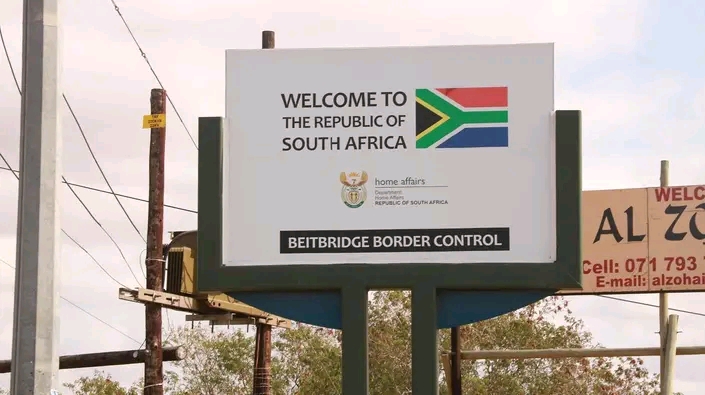

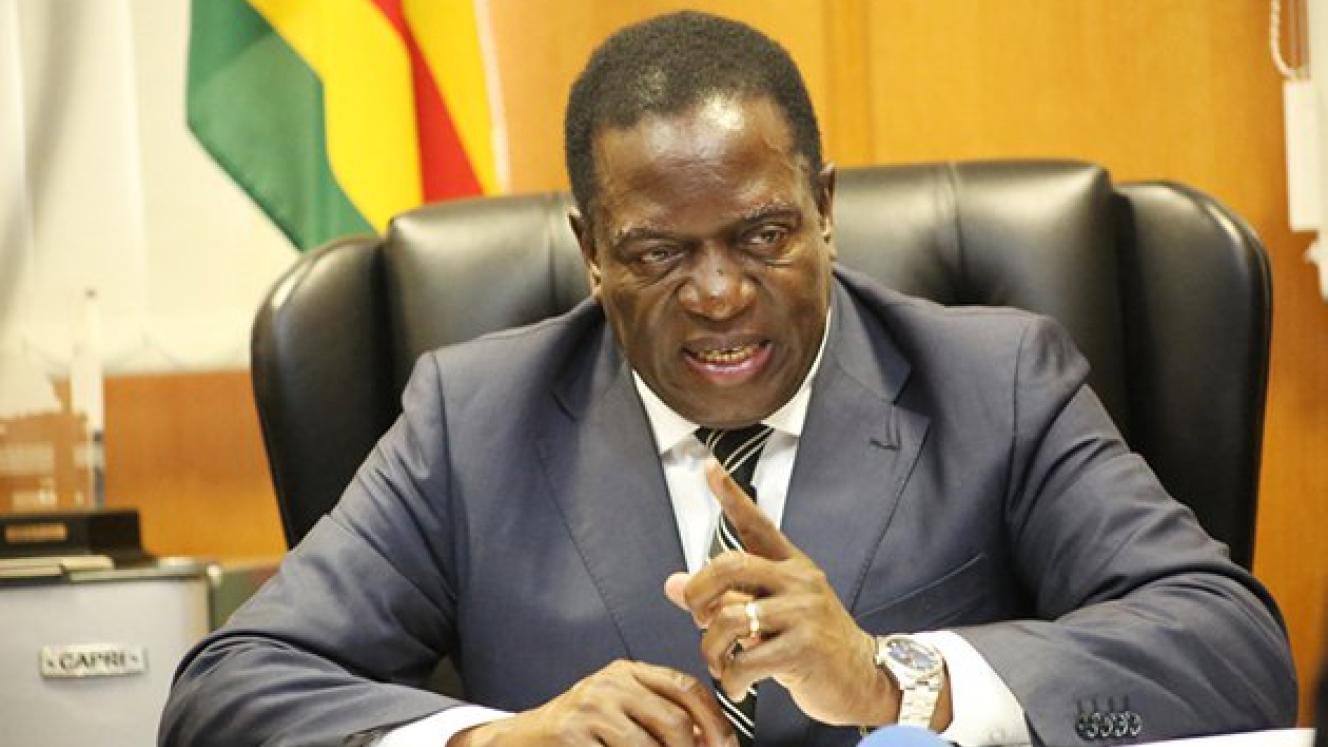

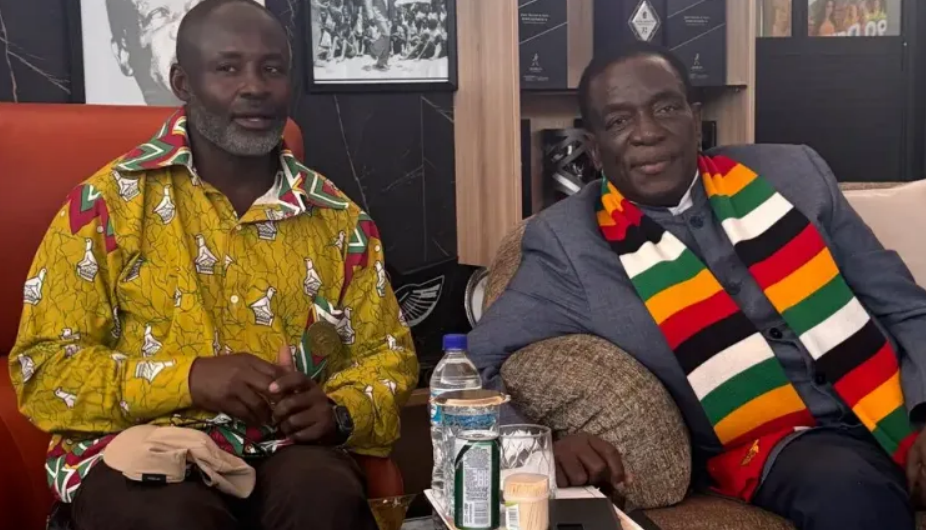
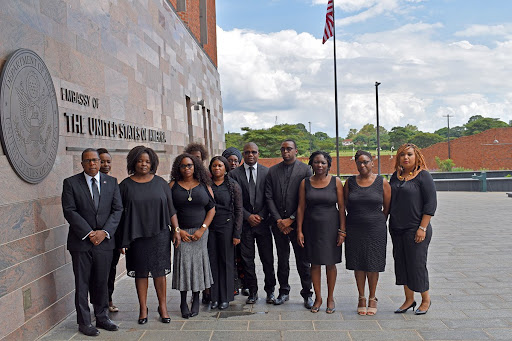
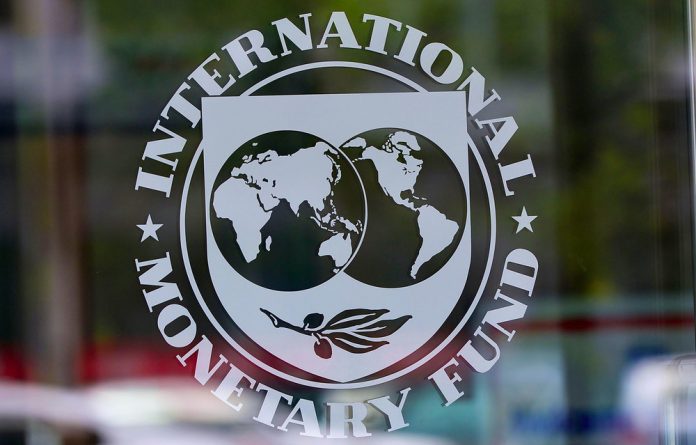
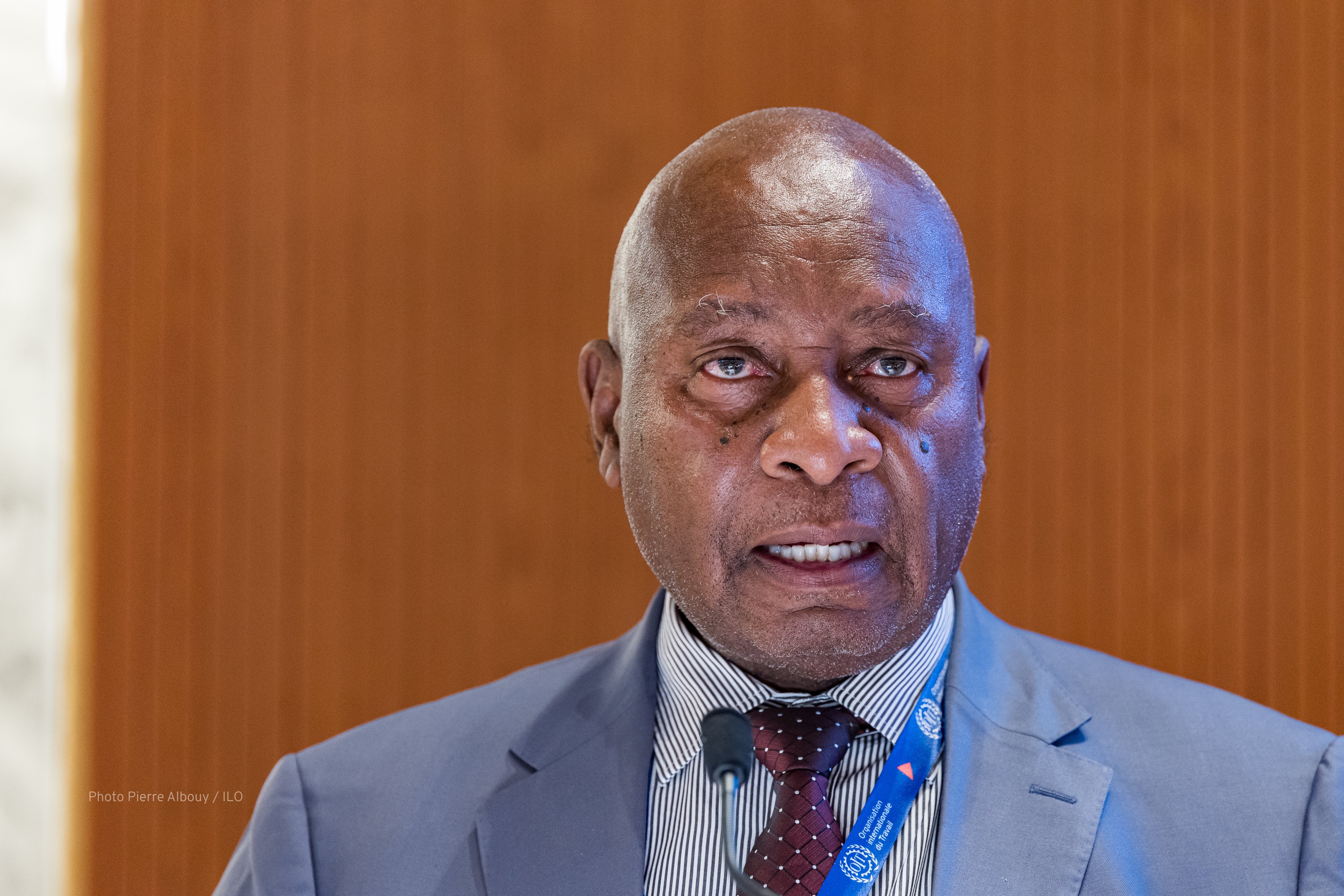
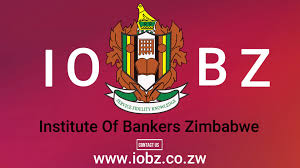

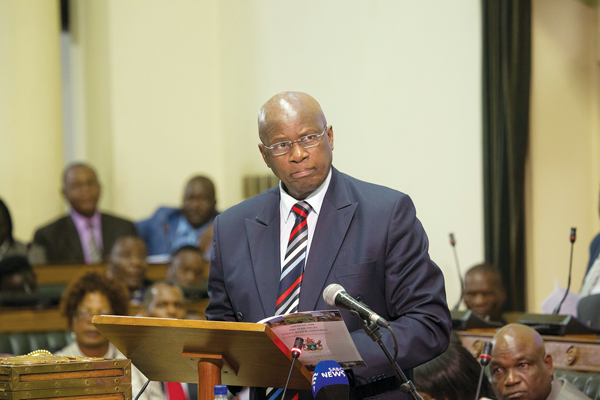
 Young Investment Professional (YIP) Graduate Programme 2019
Young Investment Professional (YIP) Graduate Programme 2019
Editor's Pick